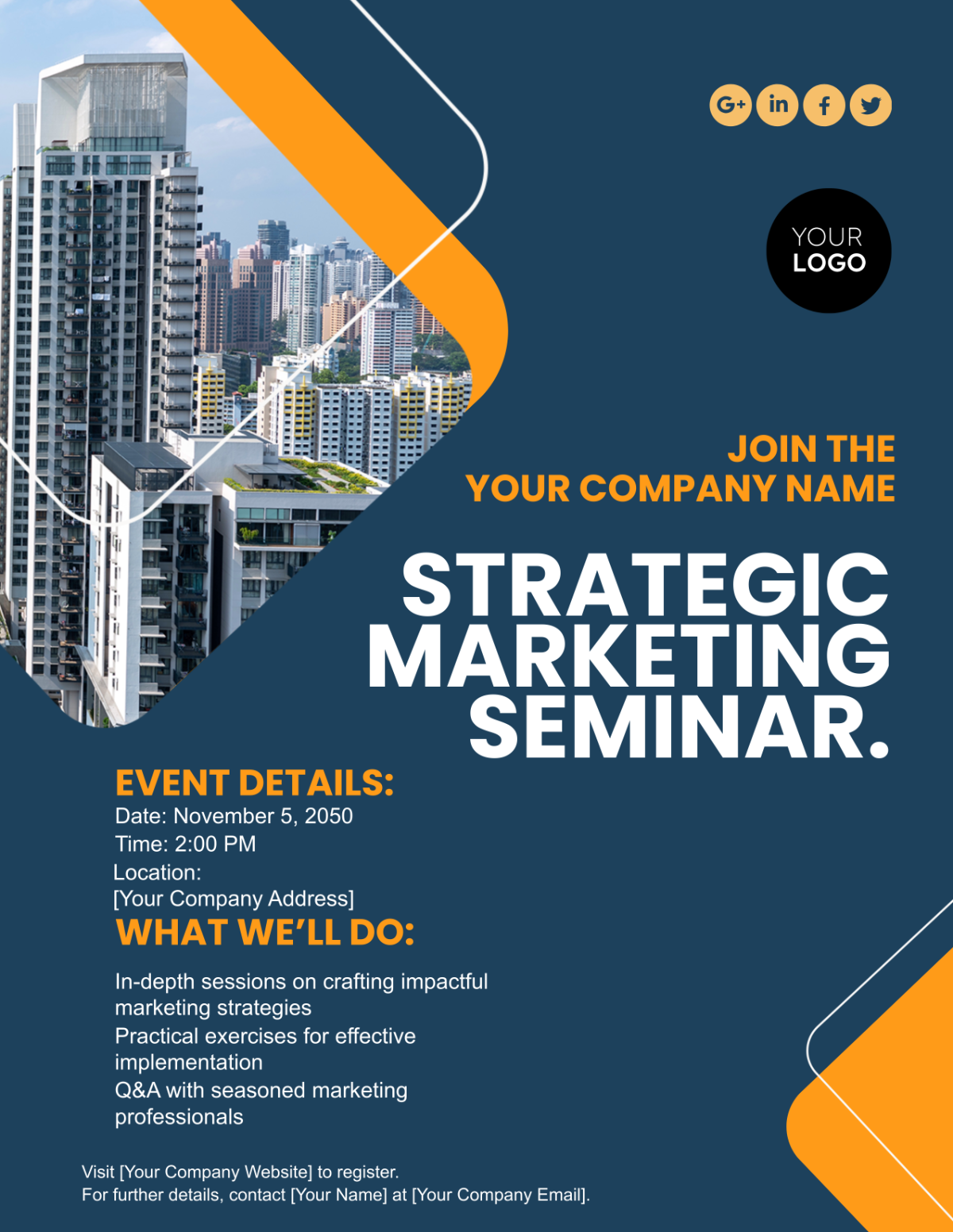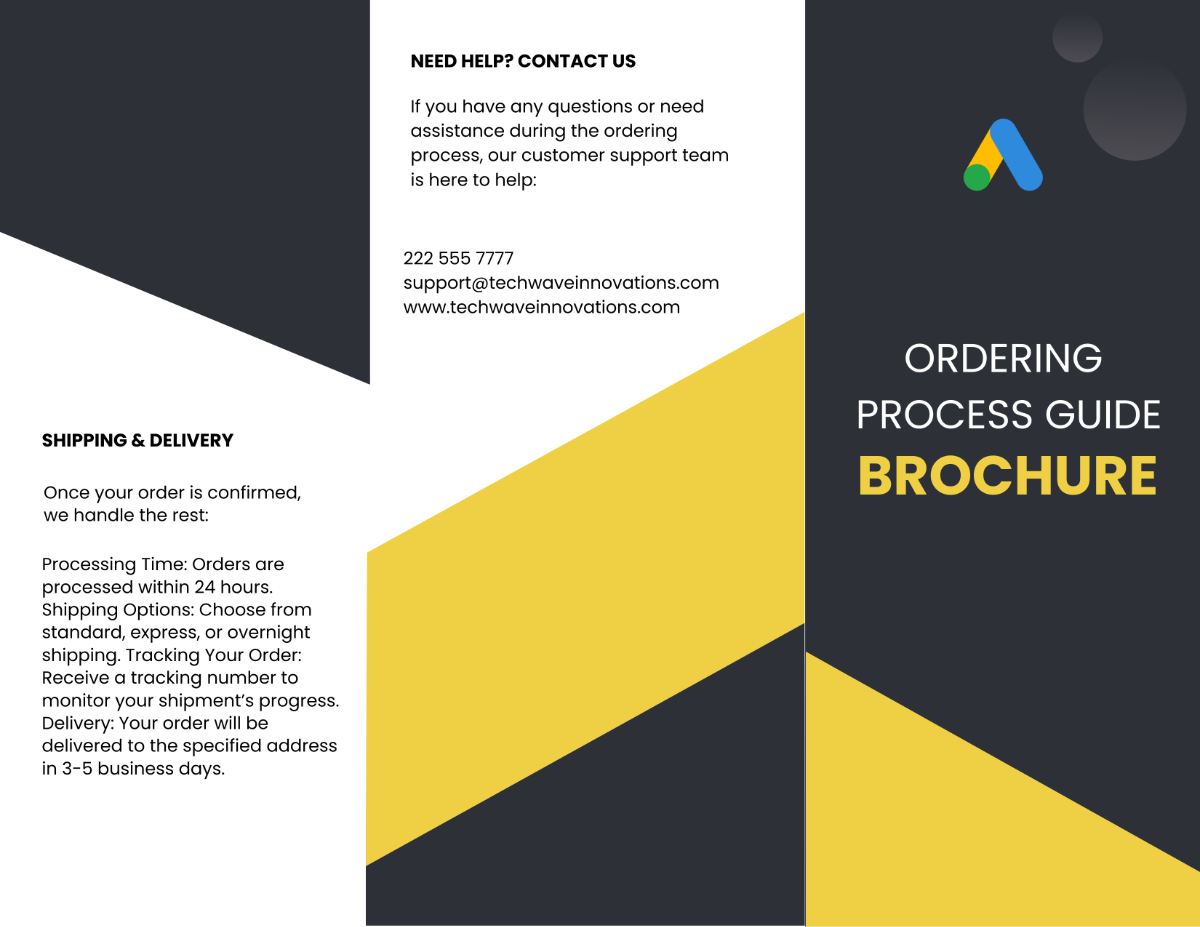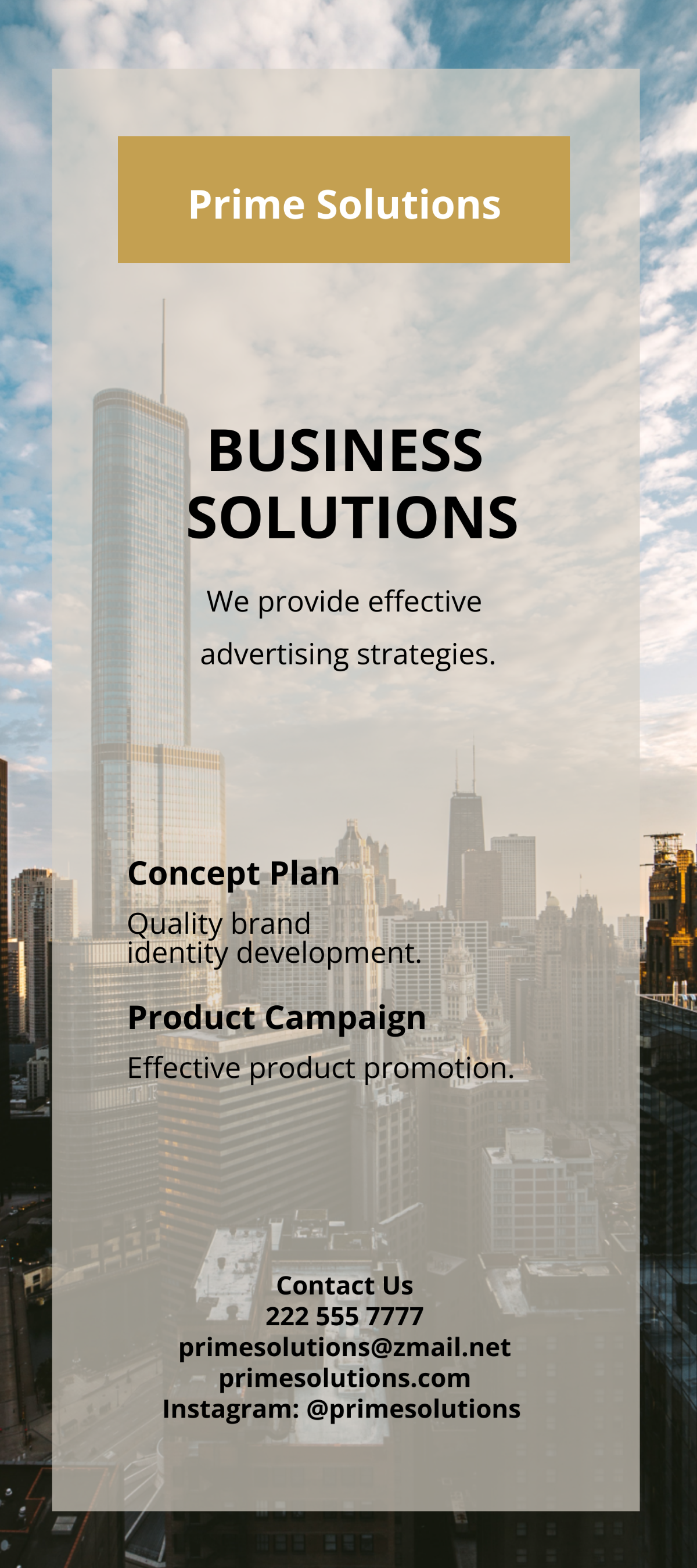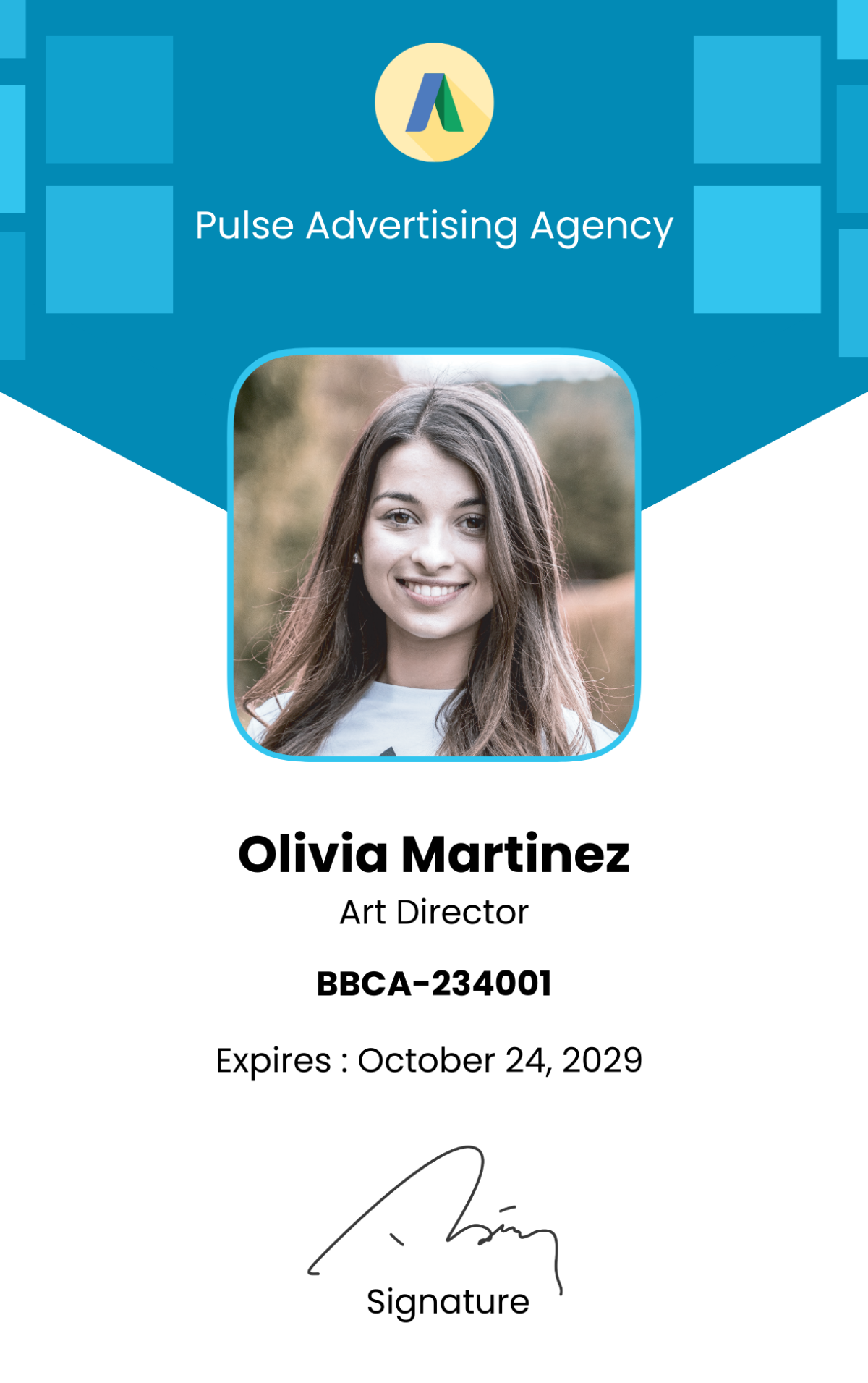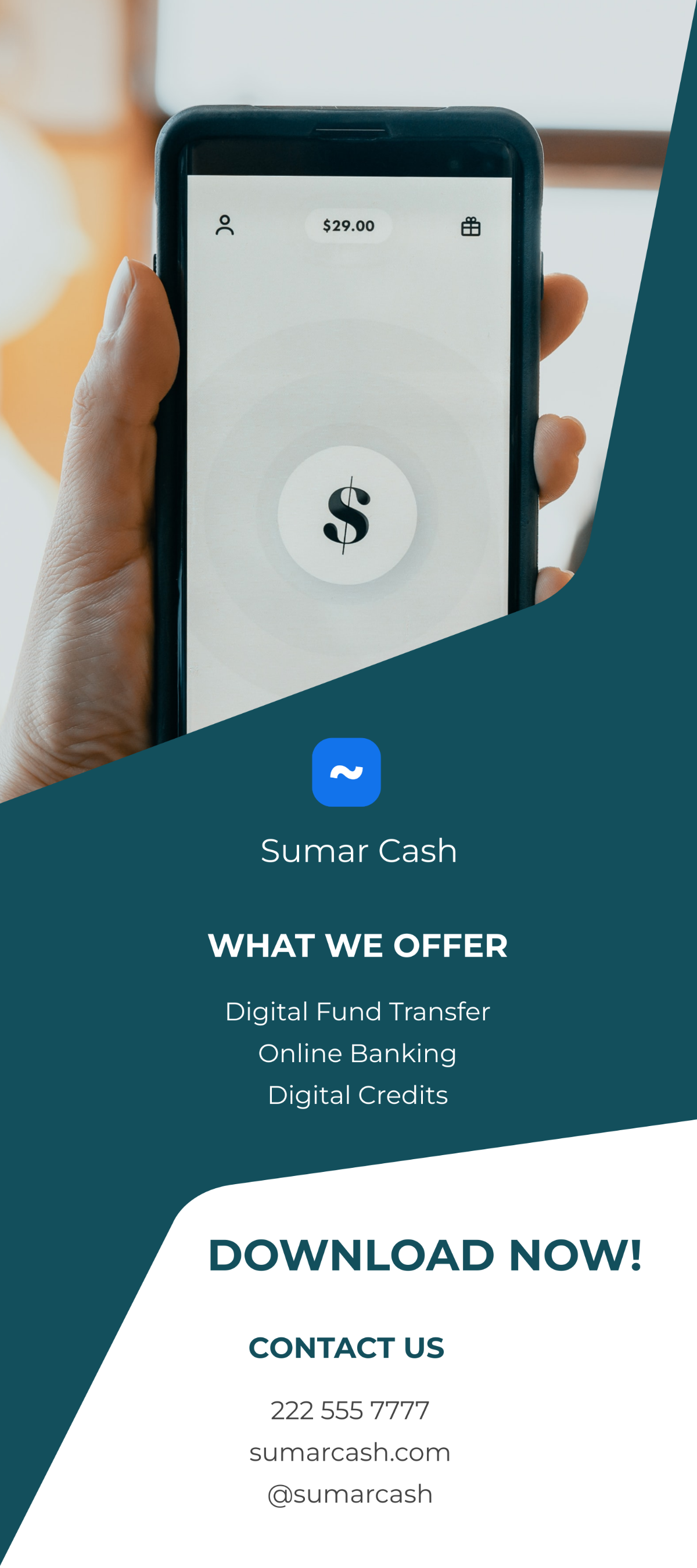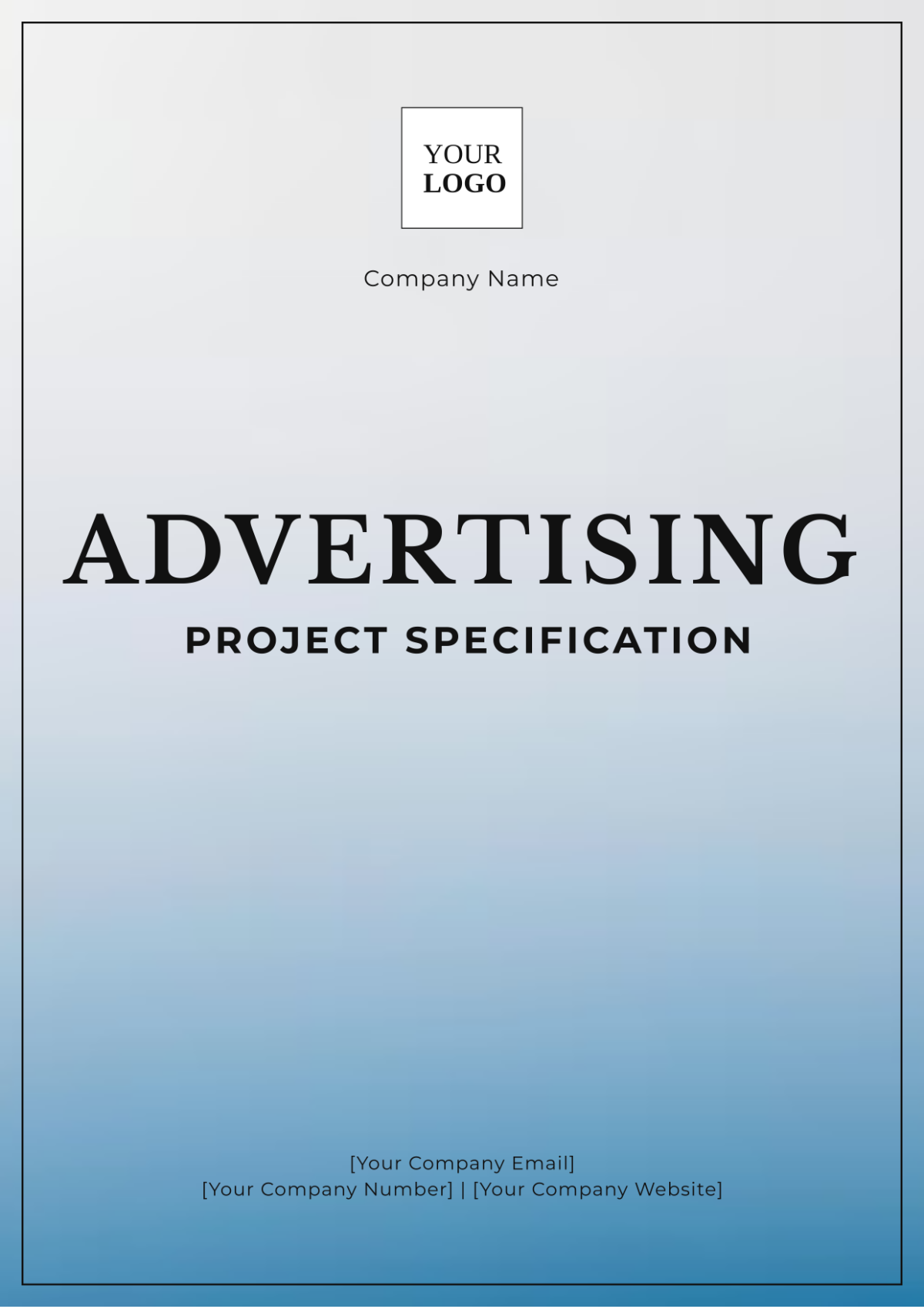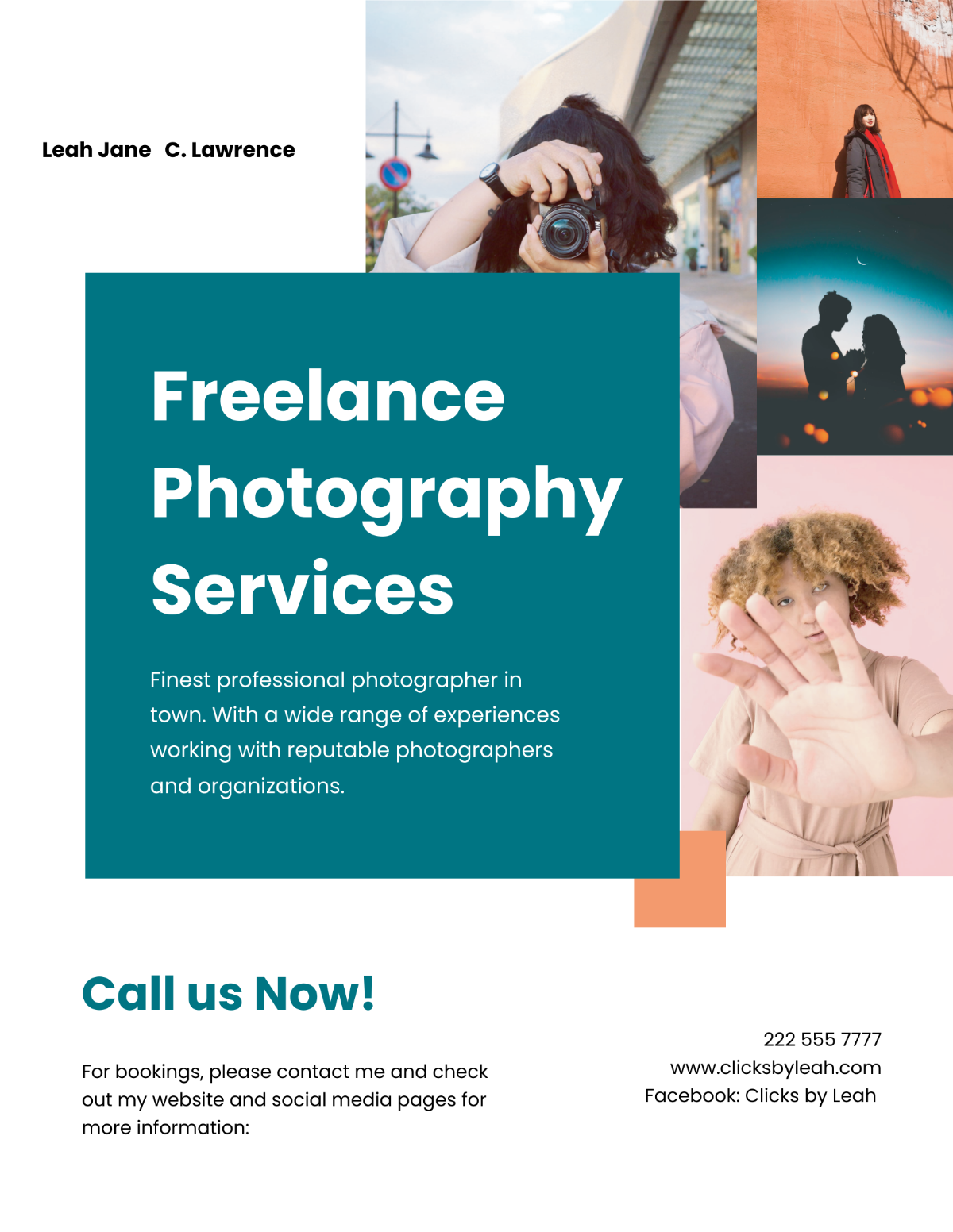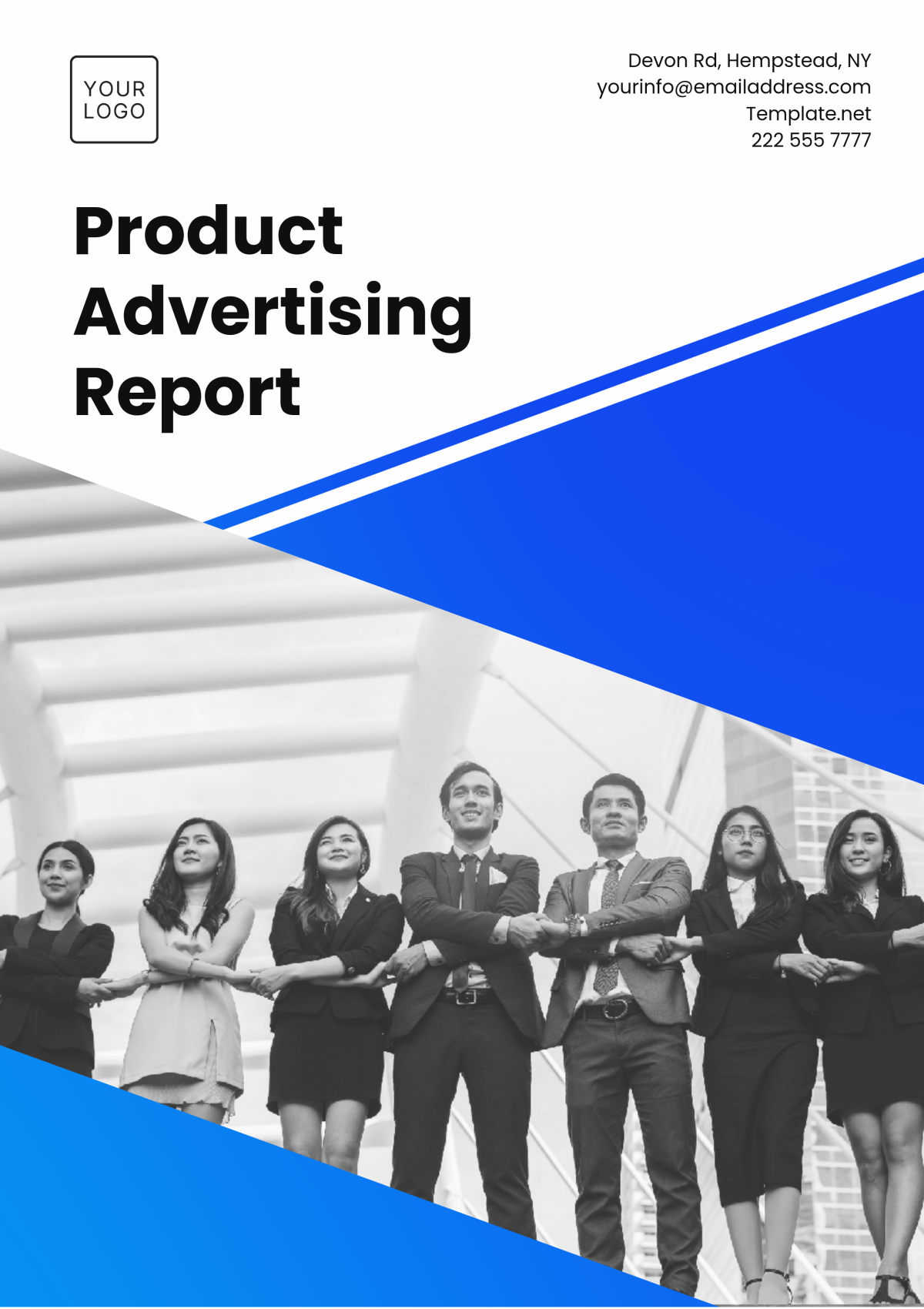In-Depth Event Impact Advertising Study
1. Executive Summary
This In-Depth Event Impact Advertising Study is designed to analyze the effectiveness and reach of advertising campaigns conducted during major events. It encompasses a range of data-driven metrics to assess audience engagement, conversion rates, and overall ROI. The study aims to provide [Your Company Name] with actionable insights and strategies to enhance future advertising endeavors.
2. Introduction
The purpose of this study is to provide a comprehensive analysis of advertising impacts during major events. We aim to understand the correlation between event-specific advertising and consumer behavior, engagement levels, and sales conversions.
3. Event Overview
Event Details
Event Name:
[Enter Event Name]
Location:
[Enter Event Location]
Duration:
[Enter Event Duration]
Estimated Attendees:
[Enter Number of Attendees]
Event Description:
The event, named [Enter Event Name], is a significant occasion in the industry, known for attracting a diverse audience including industry professionals, enthusiasts, and media personnel. Located in [Enter Event Location], this event spans over [Enter Event Duration], offering ample opportunity for impactful advertising and brand exposure.
Target Audience:
The estimated attendance is around [Enter Number of Attendees], encompassing a wide demographic range. This audience primarily consists of:
Professionals: Individuals within the industry, including executives, managers, and decision-makers.
Enthusiasts: Passionate followers of the industry or niche.
General Public: A broader audience with potential interest in the industry.
Media Personnel: Reporters, bloggers, and influencers covering the event.
Key Features of the Event:
A. Exhibitions and Demonstrations: Showcases of the latest innovations and products.
B. Keynote Speeches: Insights from industry leaders and experts.
C. Networking Opportunities: Facilitated sessions for professionals to connect and collaborate.
D. Interactive Sessions: Workshops and Q&A sessions for deeper audience engagement.
Advertising Opportunities:
The event provides various avenues for advertising, including:
Digital Billboards and Signage: High visibility throughout the event venue.
Sponsored Sessions: Opportunities to host or sponsor talks and workshops.
Promotional Booths: Dedicated spaces for direct audience interaction.
Event App and Website: Digital advertising spaces on official platforms.
Expected Media Coverage:
The event is expected to receive substantial media coverage, including:
Live Broadcasting: Coverage by major TV and online streaming services.
Social Media: Active engagement on platforms like Twitter, Instagram, and LinkedIn.
Press Releases: Pre and post-event releases to media outlets.
Influencer Partnerships: Collaboration with key influencers for wider reach.
Significance for Advertising:
Given its scale and audience diversity, [Enter Event Name] presents a unique opportunity for [Your Company Name] to:
A. Increase Brand Visibility: Leverage various platforms for maximum exposure.
B. Engage with Target Audiences: Direct interaction with a diverse audience.
C. Build Industry Relationships: Networking with professionals and influencers.
D. Measure Audience Response: Real-time feedback for future strategy formulation.
This comprehensive overview of the event underlines its potential as a strategic platform for impactful advertising and brand positioning.
4. Advertising Campaign Analysis
3.1 Pre-Event Advertising
Objectives:
A. Raise Awareness: Increase public knowledge about the upcoming event and [Your Company Name]'s involvement.
B. Generate Interest: Create anticipation and interest in the event and associated products or services.
C. Establish Brand Presence: Position [Your Company Name] as a key participant in the event.
Duration:
[Enter Duration] - Typically, this phase spans a few weeks to months before the event to maximize reach and impact.
Channels Used:
Social Media (Facebook, Twitter, Instagram)
Email Marketing Campaigns
Online Banner Ads
Collaborations with Influencers
Budget:
[$000.00]
Performance Metrics
Metric | Details | Target Achievement |
Social Media Engagement | Likes, shares, comments on posts | 75% of posts with high engagement |
Email Open Rate | Percentage of emails opened | 40% open rate |
Click-Through Rate (CTR) | Ratio of users who click on ads | 5% CTR |
Influencer Reach | Total audience reached | 500,000 people |
3.2 During Event Advertising
Objectives:
A. Drive Engagement: Encourage active participation and engagement during the event.
B. Live Promotions: Utilize the event platform for real-time promotions.
C. Customer Interaction: Engage directly with customers and gather feedback.
Duration:
[Enter Duration] - This phase coincides with the actual event days.
Channels Used:
Live Social Media Updates
On-site Digital Displays
Sponsored Event Segments
Event App Notifications
Budget:
[$000.00]
Performance Metrics:
Metric | Details | Target Achievement |
Live Audience Interaction | Engagement in live sessions | 80% active participation |
App Engagement | Use of event app for promotions | 60% attendee usage |
Brand Mentions | Mentions on social media during event | 1,000 mentions |
Feedback Collection | Direct feedback from attendees | 500 feedback entries |
3.3 Post-Event Advertising
Objectives:
A. Maintain Momentum: Keep the audience engaged even after the event.
B. Lead Conversion: Convert interested leads into customers.
C. Feedback Analysis: Analyze feedback for future strategy development.
Duration:
[Enter Duration] - This phase often extends for several weeks post-event.
Channels Used:
Follow-up Email Campaigns
Retargeting Ads
Social Media Post-Event Engagement
Content Marketing (blogs, articles)
Budget:
[$000.00]
Performance Metrics:
Metric | Details | Target Achievement |
Lead Conversion Rate | Percentage of leads converted | 10% conversion rate |
Email Response Rate | Responses to follow-up emails | 25% response rate |
Post-Event Content Reach | Engagement levels on retargeted ads | 7% CTR |
Post-Event Content Reach | Reach of blogs and articles | 100,000 views |
Each phase of the advertising campaign is structured to build upon the previous one, creating a cohesive and comprehensive advertising strategy surrounding the event. The use of varied channels and methods at different stages ensures that [Your Company Name] effectively reaches and engages its target audience before, during, and after the event.
5. Audience Demographics and Engagement
Understanding the audience demographics and their engagement levels is crucial in tailoring advertising campaigns for maximum impact. This section provides an in-depth analysis of the various demographic segments that participated in or interacted with the [Enter Event Name]. The data reflects their engagement levels with our advertising campaigns and the resulting conversion rates, enabling [Your Company Name] to refine future strategies for targeted marketing.
Demographic Breakdown and Analysis
The following table presents a detailed breakdown of the audience demographics, along with their engagement levels and conversion rates:
Demographic Group | Age Range | Percentage of Total Audience | Engagement Level | Conversion Rate |
Young Adults | [18-24 years] | [100%] | High | [100%] |
Millennials | ||||
Gen X | ||||
Baby Boomers | ||||
Seniors |
Observations and Insights
High Engagement Among Younger Audiences: Young adults and millennials showed higher engagement, especially with digital and interactive advertising. This suggests a need to focus more on online and social media channels for these age groups.
Varied Conversion Rates Across Demographics: Each age group responded differently to various advertising strategies, highlighting the importance of a diversified approach.
Opportunity in Targeted Messaging: Tailoring the advertising message and medium to suit each demographic can improve both engagement and conversion rates.
6. Financial Analysis
A comprehensive financial analysis is key to understanding the effectiveness and efficiency of the advertising campaigns conducted at various stages of the event. This section of the report details the financial metrics used to gauge the performance of [Your Company Name]'s advertising strategies before, during, and after the event. By examining metrics such as the total budget, Cost Per Impression (CPI), Cost Per Click (CPC), and Return on Advertising Spend (ROAS), we can assess the financial impact and ROI of our advertising efforts.
Financial Metrics Breakdown
The table below provides a detailed view of the financial performance of the advertising campaigns across different phases of the event:
Metric | Pre-Event | During Event | Post-Event |
Total Budget | $1000 | ||
Cost Per Impression (CPI) | $10 | ||
Cost Per Click (CPC) | $10 | ||
Return on Advertising Spend (ROAS) | 10% |
Analysis and Insights:
Total Budget: The total budget allocated for each phase reflects the scale and scope of the advertising efforts. The distribution of funds across the pre-event, during-event, and post-event phases indicates strategic planning and prioritization of resources.
Cost Per Impression (CPI): This metric shows the cost-effectiveness of the campaign in terms of visibility. A lower CPI indicates a more efficient use of the budget in reaching a larger audience.
Cost Per Click (CPC): CPC measures the cost incurred for each click on digital advertisements. It is a crucial metric for understanding the effectiveness of online advertising campaigns.
Return on Advertising Spend (ROAS): Perhaps the most critical metric, ROAS indicates the revenue generated for every dollar spent on advertising. A higher percentage suggests a more successful campaign in terms of financial returns.
This financial analysis not only highlights the effectiveness of the advertising campaigns at each stage but also provides critical insights into areas of improvement. Understanding these metrics allows [Your Company Name] to refine its advertising strategies, ensuring better allocation of resources and improved ROI in future campaigns.
7. Comparative Industry Analysis
A thorough comparative industry analysis is essential to gauge the effectiveness of [Your Company Name]'s advertising campaigns in the context of broader industry trends and competitor activities. This section provides a comparison between the performance metrics of [Your Company Name]'s recent event-related advertising campaigns and those typical in the industry, as well as those executed by key competitors during similar events.
Key Metrics for Comparison
The analysis focuses on several key metrics that are pivotal in assessing advertising campaign success:
Total Advertising Spend
Engagement Rates (Social Media, Email, etc.)
Conversion Rates
Return on Advertising Spend (ROAS)
Cost Per Impression (CPI)
Cost Per Click (CPC)
Comparative Analysis Table
The table below presents a comparison of [Your Company Name]'s metrics against industry standards and competitors:
Metric | [Your Company Name] | Industry Average | Competitor A | Competitor B |
Total Advertising Spend | $1000 | |||
Engagement Rate (Social Media) | 10% | |||
Engagement Rate (Email) | 10% | |||
Conversion Rate | 10% | |||
ROAS | 10% | |||
CPI | $10 | |||
CPC | $10 |
Analysis and Insights
Total Advertising Spend: The comparison of total spend indicates how [Your Company Name]'s budget allocation stands in relation to the industry and competitors.
Engagement Rates: These figures reveal how effectively [Your Company Name] engages its audience compared to industry norms and competitors. Higher rates suggest more effective audience interaction strategies.
Conversion Rates: This metric provides insight into the effectiveness of advertising in converting prospects into customers.
ROAS: A critical metric for financial viability, comparing ROAS offers insights into how well [Your Company Name]'s advertising investments translate into revenue, relative to industry and competitors.
CPI and CPC: These cost metrics are indicative of the efficiency of advertising spend in terms of audience reach and engagement.
This comparative analysis serves as a benchmark for [Your Company Name] in evaluating its advertising strategies. Understanding where the company stands in comparison to industry averages and competitors helps in identifying strengths to build upon and areas needing improvement. It aids in strategic decision-making for future advertising endeavors, ensuring that [Your Company Name] remains competitive and continues to innovate in its advertising approaches.
8. Recommendations
The analysis of the event impact advertising study has yielded several strategic recommendations for [Your Company Name]. These suggestions are geared towards enhancing the efficacy of future advertising endeavors, focusing on three key areas: strategy adjustments, budget reallocation, and target audience refinement.
Strategy Adjustments
Embrace Emerging Channels:
Incorporating new and emerging digital channels into the advertising strategy can help stay ahead of market trends and connect with newer audience segments.
Leverage Data-Driven Insights:
Utilize advanced analytics to gain deeper insights, enabling more personalized and impactful advertising tailored to specific audience needs.
Enhance Engagement Initiatives:
Implement more interactive initiatives, such as contests or live engagement opportunities, to foster deeper audience connections.
Strengthen Brand Narrative:
Develop a cohesive and compelling brand story across all advertising channels to enhance brand recognition and affinity.
Budget Reallocation
Shift Towards High-ROI Activities:
Redirect a larger portion of the budget towards activities with proven high returns, like certain digital marketing channels or influencer collaborations.
Reduce Expenditure on Low-Performance Channels:
Identify underperforming channels and reduce their budget allocation, investing instead in more effective areas.
Invest in Analytics and Measurement Tools:
Allocate resources to improve campaign tracking and performance measurement, enabling smarter budget allocation.
Explore Cost-Effective Marketing Innovations:
Investigate new marketing technologies and tactics that offer high potential returns at a lower cost.
Target Audience Refinement
Enhanced Audience Segmentation:
Use detailed analytics for more precise audience segmentation, allowing for targeted and relevant advertising campaigns.
Focus on High-Engagement Demographics:
Prioritize audience segments that have demonstrated higher engagement and conversion rates.
Address Underserved Audience Segments:
Develop strategies to engage audience segments that have been overlooked in past campaigns.
Personalization and Customization:
Increase the use of personalized advertising approaches, using data insights to create resonant, individual-level content.
Implementing these recommendations will not only boost the effectiveness of [Your Company Name]'s advertising campaigns but also contribute to its long-term growth and brand positioning in the market.
Conclusion
The In-Depth Event Impact Advertising Study has revealed significant insights into the performance and impact of [Your Company Name]'s advertising campaigns across various event stages. The analysis underscores the success in achieving key objectives such as enhancing brand visibility, engaging diverse audience segments, and driving conversions. While the campaigns demonstrated strengths in areas like digital engagement and innovative content strategies, opportunities for improvement have also been identified, particularly in audience segmentation and budget optimization. The recommendations provided offer a roadmap for refining future advertising strategies, ensuring that they are more targeted, efficient, and aligned with the evolving needs of the market and [Your Company Name]'s strategic goals. This study serves not only as an evaluation of past efforts but also as a guiding framework for future advertising excellence and sustained business growth.
10. Appendix (Attachments)
Detailed data sets
Survey results
Graphs and charts
